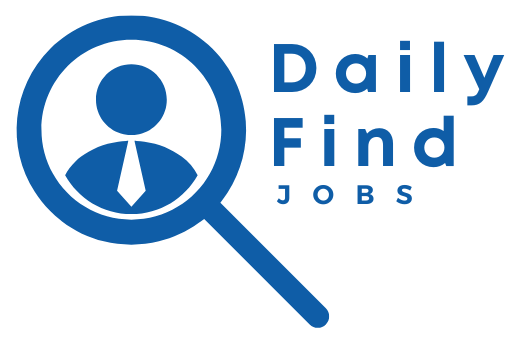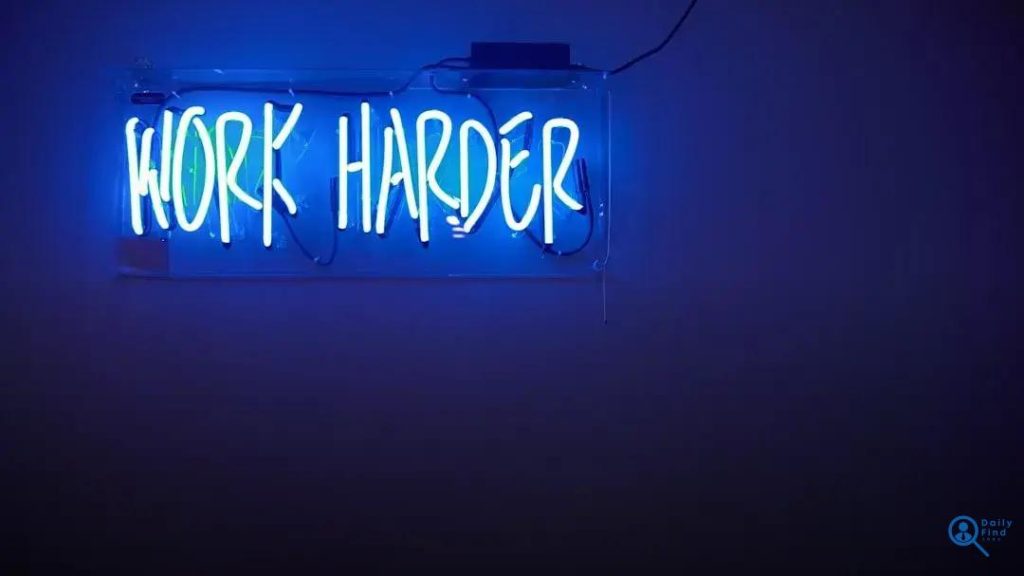Remote work has become a staple in today’s professional landscape. With increased flexibility and the ability to connect from anywhere, more people are working remotely than ever before. However, with this convenience comes the challenge of maintaining a healthy balance between screen time and personal well-being. In this article, we will explore the benefits and challenges of remote work, highlight indicators that suggest a digital detox might be necessary, and provide actionable steps to achieve a healthier work-life balance. As you navigate the world of remote work, staying mindful of your digital consumption is crucial for your overall health and productivity.
The Benefits of Remote Work
Remote work offers a variety of benefits that enhance both personal and professional life. One of the most significant advantages is the flexibility it provides, allowing employees to better manage their work-life balance. This means more time to engage in activities that promote mental health and personal well-being, a crucial factor in today’s fast-paced world.
Another benefit is the reduction in commuting time. Without the need to travel to an office daily, employees can save hours each week, which can be reallocated to more productive or relaxing activities. This not only reduces stress associated with traffic or crowded public transport but also lowers transportation costs and environmental impact.
Remote work can also lead to increased productivity. Many employees find they can focus better without the typical office distractions. Having the liberty to create a personalized workspace that suits individual needs can significantly boost concentration and output.
Moreover, employers see benefits as well. Companies that embrace remote work can access a wider talent pool, not being limited to hiring locally. This diversity can lead to more innovative ideas and solutions. Additionally, companies can see financial savings on overhead costs such as office space and utilities.
Finally, remote work encourages the use of digital tools, enhancing tech-savviness among employees. This type of digital engagement can streamline processes, reduce administrative costs, and foster a more efficient working environment.
Signs You Need a Digital Detox
In the era of remote work, screens dominate our daily routines, facilitating efficiency while often trapping us into continuous connectivity. This persistent engagement, while beneficial for productivity, can occasionally blur the lines between work and personal time, leading to digital fatigue.
Some key indicators that a digital detox might be necessary include constant feelings of stress or anxiety whenever your work notifications go off. You might find yourself persistently checking your phone even during meals or family time, indicating a compulsive need to stay connected. This behavior can sometimes lead to sleep disturbances or difficulty in focusing on tasks that aren’t tech-related.
Additionally, if you notice a reduction in physical activity due to prolonged screen time, it could be a sign to recalibrate. Physical discomforts, such as eye strain and headaches, are also common cues pointing towards an imbalance that may benefit from a digital detox.
Recognizing these signs early can be a preventive measure against burnout. Embracing a structured unplugging routine not only enhances your mental and physical health but also improves overall work efficieny in the long run.
Steps for a Successful Digital Detox
Identify Your Digital Habits
Understanding your current relationship with technology is a crucial first step. Track your screen time on all devices for a week, and identify the apps or sites where you spend the most time. Look for patterns in your digital consumption that may be affecting your productivity and well-being.
Create a Digital-Free Zone
Designate specific areas in your home where technology is not allowed. This could be your bedroom or the dining room. Having a space to escape from screens can aid relaxation and promote better sleep.
Set Boundaries with Your Devices
Establish clear rules around your device use. This can include no screen time after a certain hour, using apps that limit time spent on social media, or setting up do-not-disturb mode during work or family times.Schedule Tech-Free Activities
Plan daily or weekly activities that don’t involve technology. Get outside, practice mindfulness, or engage in a hobby. These activities can help reset your mind and body.
Communicate with Your Team
If you’re involved in remote work, it’s important to communicate your digital boundaries with your team. Let them know the times you’ll be available online and when you’ll be unplugged. This can help manage expectations and reduce digital stress.
Gradual Reduction
Drastically cutting off all digital interaction can cause anxiety. Instead, gradually reduce your usage. You might start by reducing one hour of screen time a day or choosing one day a week to go tech-free. This will help ease the transition into a balanced digital life.
Reflect and Adjust
At the end of your detox period, assess how the reduction in digital consumption has affected your work and personal life. Adjust your strategies according to what you find most beneficial in enhancing your productivity and personal time. This iterative process will help maintain balance in the long term.
Integrating Balance into Your Daily Routine
Incorporating balance into your daily routine, especially in the context of remote work, is essential for maintaining both efficiency and health. Begin by setting clear boundaries between work and personal time. This might involve establishing a dedicated workspace and using tools like timers to ensure you take breaks.
Mindful scheduling can play a significant role in achieving balance. Plan your day considering times of peak productivity and natural energy levels. This enables you to tackle the most demanding tasks when you are at your best, and reserve less intensive activities for when you need to recharge.
An often overlooked aspect of balance is prioritizing offline activities. Allocate time for activities that don’t involve screens, such as reading a book, cooking, or going for a walk. This not only provides a break from digital devices but also encourages physical activity and mental relaxation.
Further, one can integrate balance by cultivating healthy habits such as stretching, meditating, or doing yoga throughout the day. These practices can reduce stress and improve concentration, contributing to a more holistic approach to efficiency.
Another key component is communication. Keep regular check-ins with your team to foster a sense of collaboration and ensure that everyone feels supported, even in a remote setting. This helps in aligning personal goals with professional responsibilities.
Implementing small, consistent changes to your daily routine can bring long-term benefits, leading to improved work-life harmony and ultimately a healthier lifestyle.
The Future of Work-Life Harmony
The evolving landscape of work-life harmony means adapting strategies to manage our professional and personal lives. As remote work becomes more prevalent, individuals must learn to navigate the balance between being constantly connected and taking time for themselves.
Being available anytime can increase productivity, yet it may also lead to burnout. The work-life boundaries need redefining to ensure one’s well-being. This is where the importance of a digital detox emerges—making conscious choices to limit screen time, thereby enhancing mental health and reducing stress levels.
Making Remote Work Effective
To ensure efficiency, organizations must support employees in establishing clear working hours and encourage breaks. Providing resources and training for time management and digital health can be highly beneficial. Moreover, fostering an environment where employees feel safe to disconnect after working hours can lead to more robust productivity during active work periods.
Navigating the future of work-life harmony requires a dynamic approach. By leveraging the benefits of remote work while consciously implementing periods of digital detox, individuals can achieve a more fulfilling balance between their professional duties and personal life. As we adapt, it’s essential to prioritize both efficiency and mental health to foster sustainable work habits.

